Would Sugar by any Other Name Taste as Sweet? Or Be Healthy?
I recently had a request to write about the different kinds of sugars. When reading ingredients on food labels, it’s pretty rare to see the word “sugar” listed as an ingredient. Sugar goes by a lot of different names. To help you out, here’s an awesome info-graphic I didn’t make! Thanks to the folks at Fed Up, you can arm yourself with this list when reading nutrition labels.
Because I don’t have the patience to write about every sugar listed here, and you likely don’t have the patience to read that mammoth post, I’ve written about just a few below.
Before you read them I have to post a disclaimer. Eating any sugar is generally not a “healthy” choice. Sugar in any form can lead to addiction, messed up blood sugar, obesity, headaches and other issues. That said, the idea of a life without sugar seems pointless to me. We have dessert on Sunday only and I try to always use the healthiest sugars possible. But even the healthiest sugars should be used in moderation.
Agave Nectar
A few years ago, agave hit the market like a ton of bricks. It quickly became a sensation as the new “healthy sugar.” We were told the sugar content didn’t matter as long as it was agave (dejavu from 30 years ago when we were told anything fat-free was healthy anyone???). The truth is, after doing more research, health professionals are actually changing their opinions on agave. I’ll describe this using oils as a metaphor. We have vegetable oils, corn oil, safflower oil, etc. The problem is, the process to extract the oil is so damaging, any health benefits from the original food are obliterated. This is the same with agave nectar. The extraction process kills any nutritional benefit the agave plant could possibly offer. According to the Weston A. Price Foundation, “The manufacturing process also calls for caustic acids, clarifiers, filtration chemicals and so forth in the conversion of agave starches. The result is a high level of highly refined fructose in the remaining syrup, along with some remaining inulin.” Wow! Bottom line, don’t buy something because it has a picture of a green leaf and claims to be “all-natural.”
Honey
Honey is my #1 choice in sweeteners. We love honey in our house. We’re beekeepers so we love to spend the summer chillin’ with our bees. Yes honey is a sweetener but it’s much more than that. Honey is a whole food. In the winter, the bees don’t exactly hybernate, but they hang out in the hive doing nothing but “shivering” to keep warm and eating honey. Honey alone sustains them through the winter. No, we’re not bees, but honey is more than just a sweetener for us as well. Honey contains vitamins, minerals and amino acids. And, honey never goes bad. Having been part of the honey-extraction process, I can vouch for the “natural-ness” of honey. The same stuff we buy at the store (in a good quality honey) is the same stuff the bees spit out (yes… honey comes from bee spit. I’m totally comfortable with that). There is no refining process that breaks down the stuff. Honey also has antibacterial properties. We eat a spoonful of raw honey when we’re getting sick. It’s also great on a sore throat or as a cough suppressant.
Maple Syrup
Like honey, maple syrup is unrefined and pure. I’m not talking that crappy pancake syrup that comes in a bottle shaped like an old lady. That’s as close to maple syrup as Justin Beiber is to Andrea Bocelli. I mean pure, strait from a tree, possibly from Canada, maple syrup. It also contains trace minerals and vitamins making it a much healthier choice than basic granulated sugar. It’s not a super food like honey, but it’s a great choice for an alternative to basic sugar.
Coconut Sugar
Coconut sugar is at the bottom of my list of sweeteners I use. I don’t feel guilty using it in moderation as it is unrefined and therefore retains its vitamins and other nutrients. Coconut sugar comes from the sap of a coconut palm tree, which is then boiled down and dehydrated, giving it a similar texture to granulated sugar. This means I can use it in place of granulated sugar. It also has a lower glycemic index than plain sugar so I feel better about using it in moderation. I certainly wouldn’t call it a “health food” but I feel better using it in treats than other sugars.
Dextrose
Dextrose is found naturally and artifically. It occurrs naturally in honey, fruit and some starchy vegetables. In our bodies, dextrose is also known as glucose, or more commonly, “blood sugar.” Dextrose is generally what you see in a hospital when someone is hooked up to an IV. But dextrose is also artificially made in a lab and commonly used as a sweetener in packaged food due to how cheap it is to make. So when you see it listed as an ingredient on a pre-packaged cookie, they’re not referring to honey or natural fruit. Dextrose is generally made from corn. But in general, the risks of using dextrose are basically the same as using regular sugar: a quick spike in blood sugar, risk of obesity, risk of addiction, etc. But the fact that it’s made artificially is still a red flag to me. Because research is limited, I try to follow the rule of avoiding artificially produced food as much as possible.
Fructose
Fructose is a naturally occurring sugar found in fruit so it’s a healthy sweetener, right? Nope. Not so much. Let’s face it. God is smart. When He created fruit he paired the fructose with glucose. Together, these can be eaten without the negative affects of fructose alone (though eating massive amounts of fruit isn’t a fabulous idea either… which is why I gained weight on the Whole 30). The problem is, scientists in a lab somewhere (never a good preface when talking about food), found a way to generate fructose on its own and use it as a sweetener without countering it with glucose. The effects are not so good. While glucose provides energy for the body, fructose is broken down in the liver and therefore provides zero energy for the body. Sugar is not good for you but at least you can play the energy card to make yourself feel better for eating cookies. When you eat fructose, there is no card to play to make yourself feel better. Sorry fructose. You suck.
High Fructose Corn Syrup
I really hate high fructose corn syrup(we’ll call it HFCS so I don’t have to type so much) because it’s in EVERYTHING. Several years ago, manufacturers found they could make this crap that acts like sugar for a fraction of the cost. HFCS starts as corn but in the end it resembles corn about as much as that bright yellow banana Runt candy resembles a real banana. The corn syrup has gone through chemical processes to convert the glucose into added fructose. So now it’s like a double dose of fructose. And as you see above, fructose made the bad list. It ended up in our drinks, breads, cereals, candy, cookies, granola bars and a good deal of kid snacks. The majority of fruit snacks, something most parents give to their kids daily have HFCS. Luckily, the public caught on to this and manufacturers are starting to remove it from products. At least some manufacturers that is.
Sucrose
This explanation will be short and simple. Sucrose sounds fancy but when you buy a bag of granulated sugar at the grocery store, that’s sucrose. We all know sugar is bad for you so I won’t get into that. The point is, aside from the problems with sugar, I have nothing to add here… since sucrose is just basic sugar.
Sucralose
Sucralose is an artificial sweetener similar to sucrose (basic sugar)in more ways that just the same name with an added “al.” If you look at the chemical makeup of sucrose, it’s a combination of carbon, hydrogen and oxygen. To make sucralose, some of the hydrogen/oxygen groups are replaced with chlorine. The most common sucralose is known as Splenda. For a while, sucralose was thought to be a healthy subsitute for sugar, but recent studies show this may not be true. According to the NCBI, when sucralose is heated (like in baking) it begins to break down and interact with other ingredients and releases toxins that may increase the risk of cancer. The NCBI also suggests sucralose can damage your gut. If you feel gassy and have stomach cramps after eating sucralose, this is probably what’s going on.
Stevia
Stevia is one of my favorite sweeteners. It’s calorie-free and is derived from a plant (not artificially produced in a lab). Plus it’s been used as a sweetener for hundereds of years in South America. This makes me feel better about it than a new sweetener with little history to back up its claims. My main concern with stevia is that it’s often mixed with other crap when packaged. So when you buy stevia, read the ingredients. It may surprise you. There is also some concern that using a sweetener like Stevia may cause you to overeat. We feel less guilt when we have something like this, so we’re more likely to eat 10 cookies sweetened with Stevia rather than one sweetened with granulated sugar. So make sure you keep your indulgence in check.
Monk Fruit Extract
Monk fruit extract is fairly new to the market as in ingredient but has been used for centuries in Asia. It’s basically the juice from the monk fruit, is sweeter than sugar and has zero calories? What?! That sounds too good to be true. So is there a catch? According to the FDA (Food and Drug Administration) monk fruit is safe to use and has no harmful side effects. I don’t always trust the FDA (remember that “fat-free” phase) so I did more research… and still couldn’t find a con. From Dr. Ax to Mark Sisson, people are fans of monk fruit. But here is one word of caution. Like stevia, monk fruit extract is often mixed with other sweeteners like dextrose. So be sure to read your labels! Just because the name of the product is “Monk Fruit Extract,” doesn’t mean the only ingredient is monk fruit extract.
Aspartame (NutraSweet, Equal)
Aspartame is definitely a controversial topic. Aspartame came out in the 1960’s as the answer to the problem of wanting to eat a bunch of sugar, but not consume extra calories. So some food scientists in a lab discovered they could artificially make a substance that kind of tasted and looked like sugar but contained zero calories. Since then, aspartame has been the most popular artificial sweetener used. You can find it in the majority of drinks labeled “diet” from soda to juice. If you have an entire day and a half to kill, type “is aspartame safe?” into a google search and you’ll find more controversy than Facebook in November of an election year. The biggest controversy: cancer. If you’ve heard of aspartame, you’ve probably heard it causes cancer. I remember talking about this 15 years ago with my college roommates. We concluded that diet soda had aspartame and therefore diet soda would give us cancer. According to the FDA, aspartame will do no such thing. but with so many conflicting studies, this is still a gray area. Personally, when it comes to cancer, I try to avoid areas. But aside from cancer, aspartame can have other dangerous side effects. According to the National Center for Biotechnology Information (NCBI), aspartame can raise blood sugar levels and cause insulin resistance. Problems regulating blood sugar levels can lead to diabetes and obesity, both of which are extremely dangerous. The NCBI also concluded that aspartame can negatiely affect gut health. I can attest to that. The most painful gas I’ve ever had came after consuming too much aspartame. If you don’t believe me, check out the customer reviews on these aspertame-laced gummy bears from amazon.
Glucose
Glucose is the name of the sugar that exists in our blood. It’s necessary to give us energy (and keep us alive) but in excess it can cause problems. That’s why you always hear about balancing your blood sugar. This basically means to keep your glucose levels steady at an acceptable level. Glucose also exists naturally in nearly every food including fruit, grains, nuts, legumes and sweeter things like honey, molasses, etc. So when you see glucose listed as an ingredient, this could mean a myriad of things. The point is, glucose is necessary to be healthy, but as a sweetener it should be treated like any other sugar and be eaten sparingly.
Evaporated Cane Juice
If you’ve seen this listed as an ingredient, it’s likely been on a product with a green package with the words “healthy,” “all-natural” or “organic” in the title. I remember the first time I saw this on a label and though, “What the…???” I’m picturing a sugar cane (where sugar comes from), taking the juice and evaporating it so you have a granulated sugar. Right? So isn’t it basically plain ole’ sugar. I decided to research my theory. According to Judy Sanchez of the U.S. Sugar Corp. “All sugar is evaporated cane juice. They just use that for a natural-sounding name for a product.” So this just ticks me off. Just call it what it is. It’s just sugar, plain and simple.

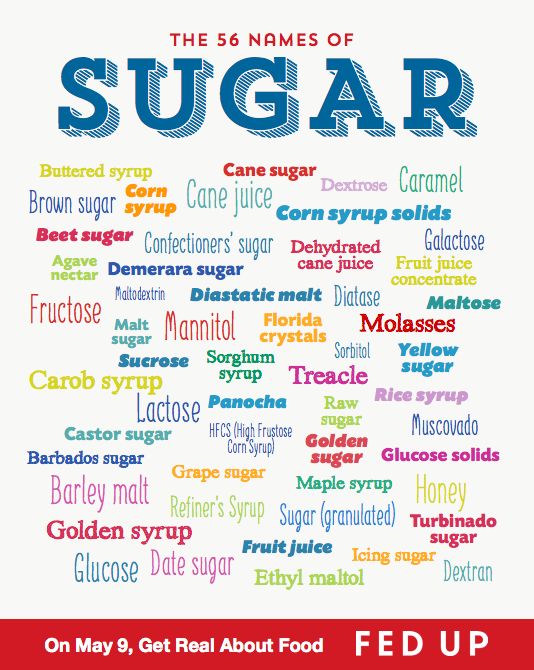
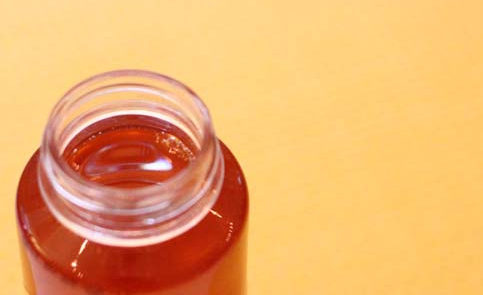

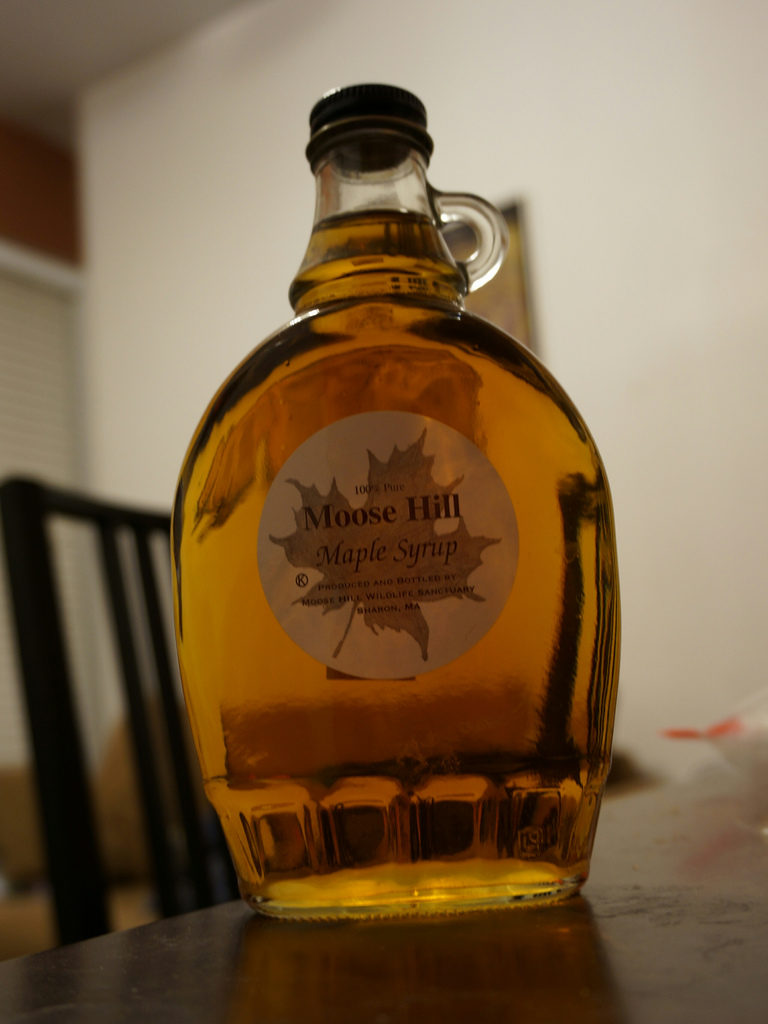
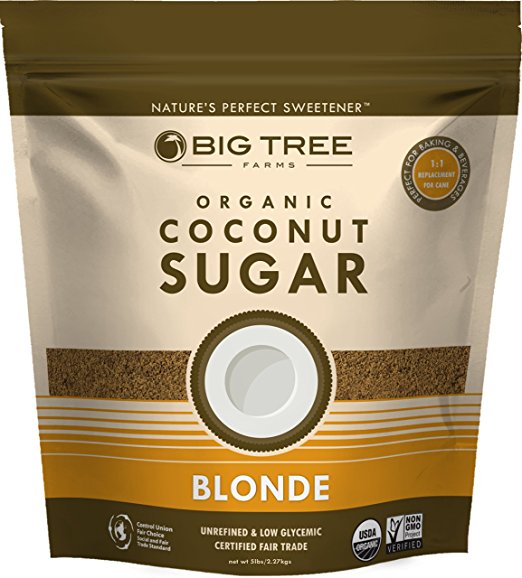
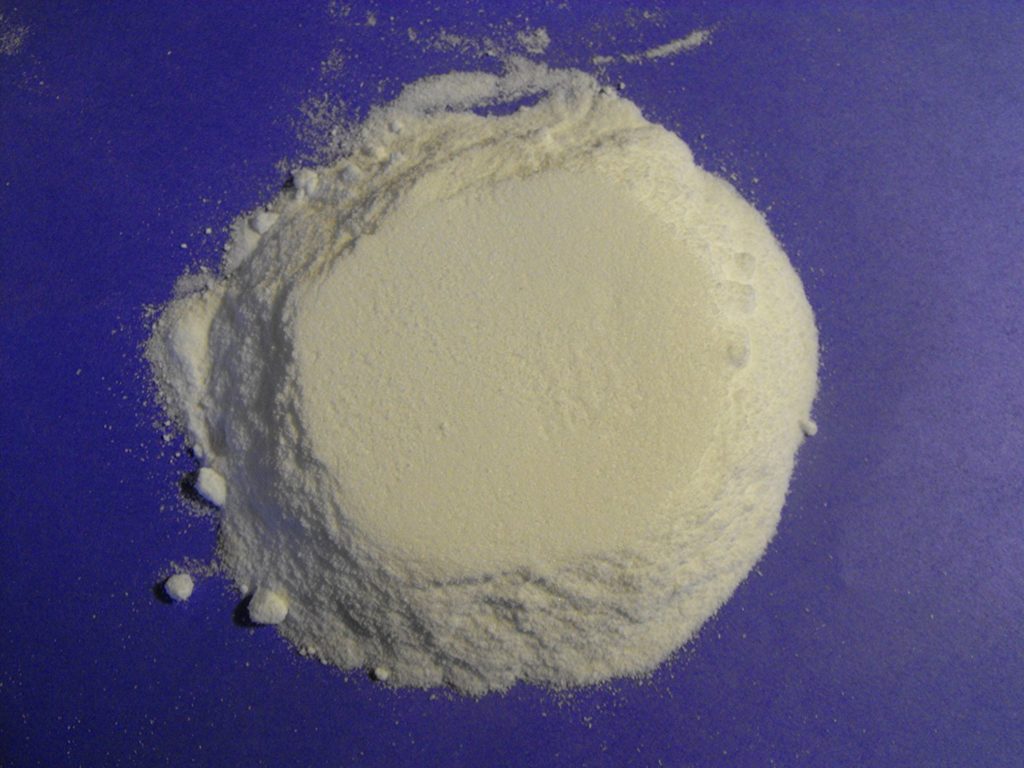
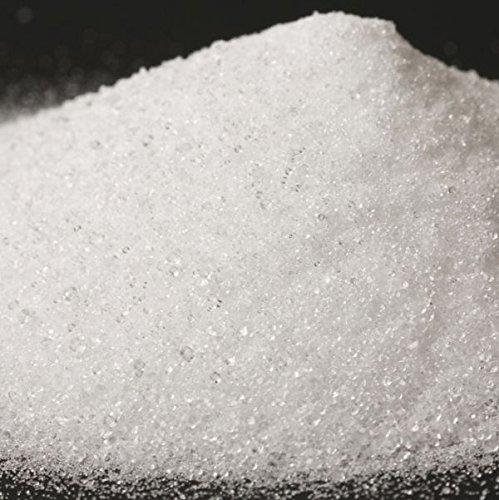


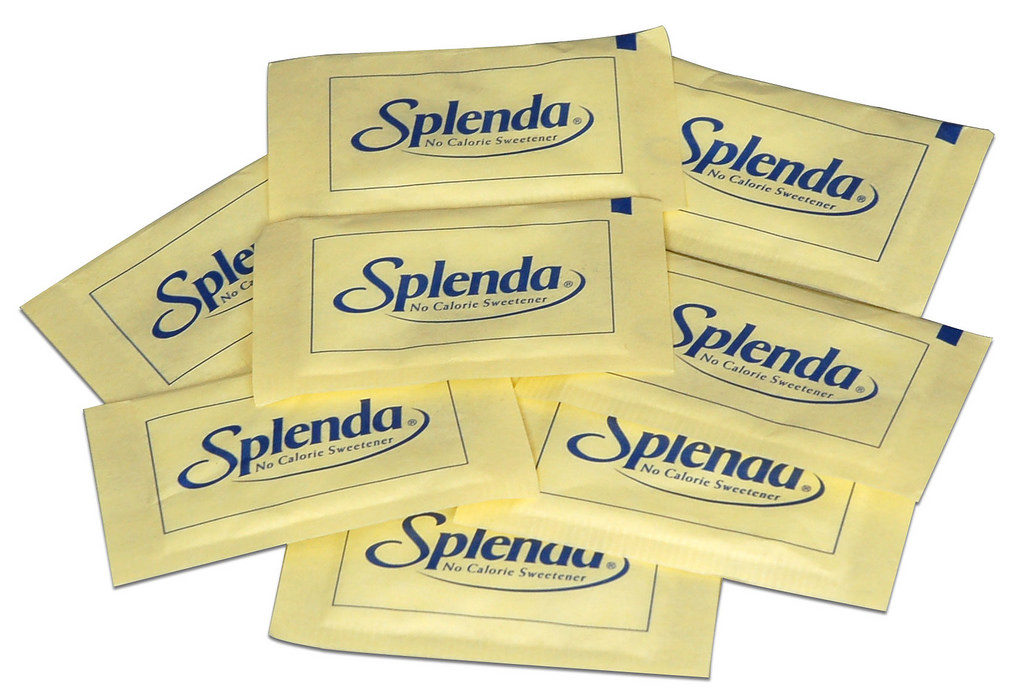
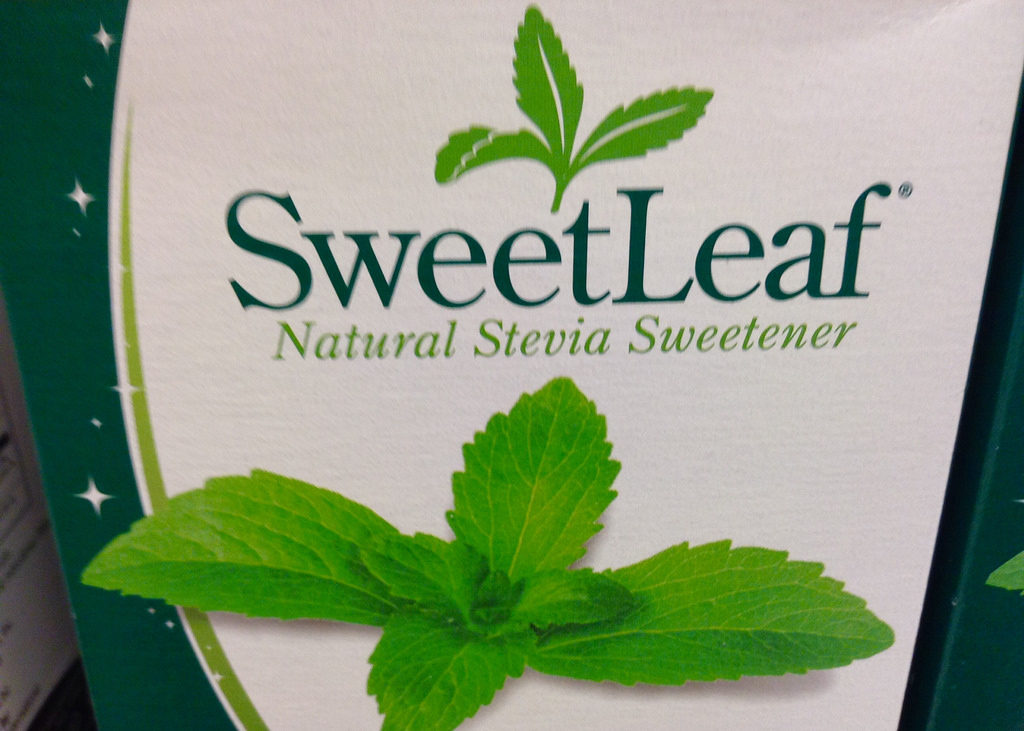
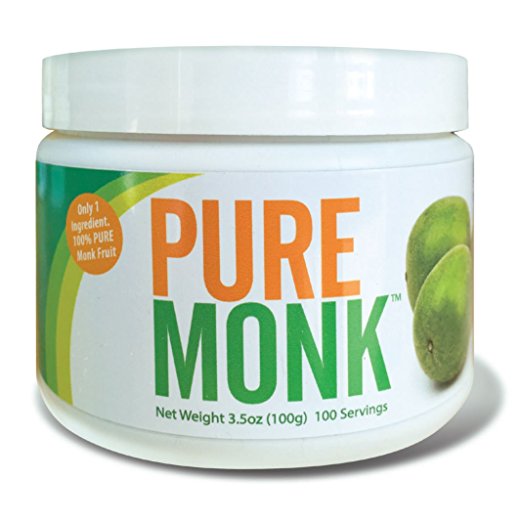
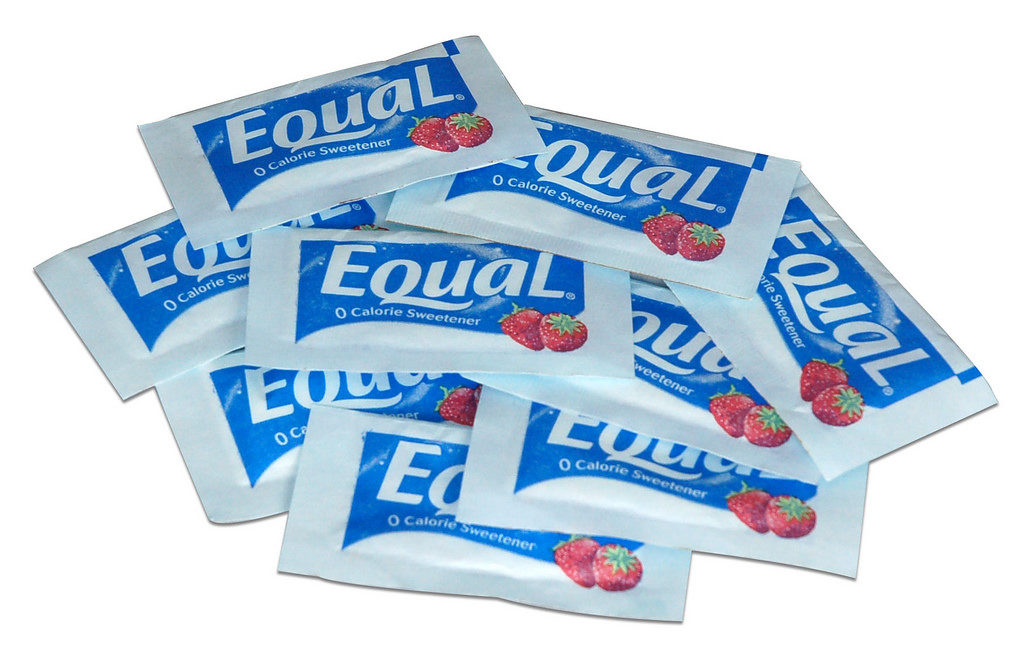
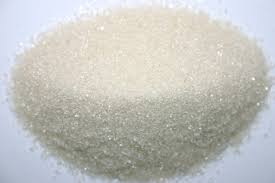
Excellent job!